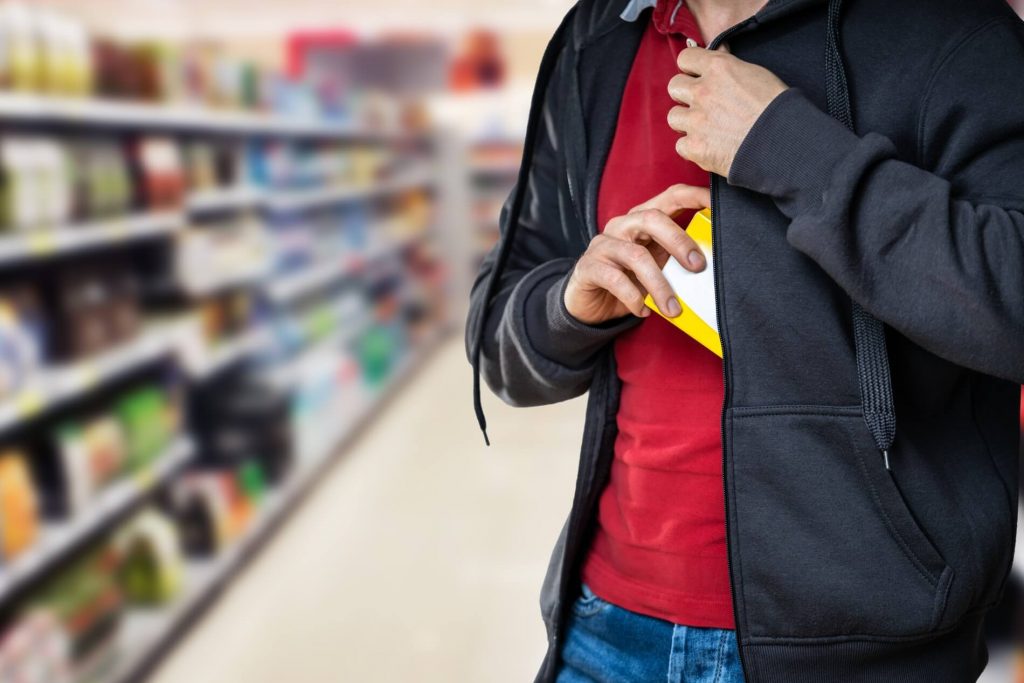Overcoming the Tech Adoption Challenge in Retail Innovation
The landscape of physical retail is in constant flux, shaped and reshaped by emerging technology. Traditional retailers are investing substantial resources in exploring, testing, and assembling the optimal technological arsenal to future-proof their operations, stay competitive, and elevate customer lifetime value (CLV). However, the integration of new technologies presents a distinct challenge: getting customers to embrace new habits. Even with the successful implementation of cutting-edge tech solutions that enhance efficiency and elevate customer experiences, getting customers to participate may require direct and strategic action. This is particularly pronounced in sectors like grocery retail, where deeply ingrained traditions and habits are deeply rooted. As a technology provider fundamentally transforming the grocery retail landscape, our company grapples firsthand with the task of reshaping shoppers’ perceptions and behaviors. We continuously adapt our strategy to assist our retail partners in overcoming the hurdles of technology adoption.
Some background
Trigo develops a computer vision-based solution that seamlessly transforms existing full-size grocery stores into digital operations. Our minimal intervention approach to retrofitting preserves the familiar feel of the store while eliminating conventional checkout lines. For retailers, the solution reduces costs, streamlines operations, helps fight shrinkage, and provides invaluable data insights. For customers, it addresses major pain points of grocery shopping: lengthy checkout lines and stockouts. It seems like a straightforward win-win, doesn’t it? The reality is more complex. When we initially introduced this solution, we meticulously collaborated with our retail partners, understanding their needs and priorities, and streamlining installation processes. While we were confident in the technology’s efficacy and its significant improvement to in-store experiences, our expectations for natural adoption were met with lower-than-anticipated initial adoption rates in the low double-digits.
Unraveling the adoption challenge
In the grocery retail sphere, where shopping habits are deeply ingrained, the challenge lies in the diverse pool of shoppers, ranging from early adopters driven by curiosity and efficiency to the tech-averse and tech-challenged who value traditional shopping experiences. In this environment, many grocery retailers traditionally employ micro-changes and gradual innovations to influence shoppers’ habitual journeys. However, the competitive retail landscape is now pushing for more radical innovative measures. Encouraging shoppers to embrace change, even when it offers evident benefits, demands an investment not only in technology but also in understanding and responding to shoppers’ motivations. Working closely with our retail partners, we delved into comprehending what shoppers value most during their store visits, crafting solutions that preserve these values while introducing enhanced efficiency and convenience. The key revelation is that fostering adoption revolves around building trust through transparency and reliability, demonstrating not just to our customers but to their customers that the technology enhances their shopping experience without compromising cherished routines.
Trigo’s adoption approach
To promote adoption, we devised a comprehensive 5-part strategy:
- 1. Awareness: Educating customers about the new technology.
- 2. Trust: Building a reliable and secure system.
- 3. Choice: Offering different shopping and payment options.
- 4. Understanding Habits: Respecting and incorporating traditional shopping habits.
- 5. Intuitive Experience: Ensuring a natural shopping experience accommodating all use cases.
Evolving the technology further
Our journey toward successful adoption involved extensive research and development, tailoring our approach to each store’s unique shopper base and needs. This process unearthed invaluable insights:
- 1. Location Matters: Shifting the pairing process from the entrance to the exit proved more convenient for shoppers.
- 2. Offering Traditional Use Cases: Incorporating features like smart scales to support existing shopping preferences was crucial.
- 3. Hybrid Models Work: Blending new tech features with traditional shopping elements satisfied a diverse customer base.
- 4. The Breakthrough: Real-Time Receipts.
We found that providing customers with real-time digital receipts before leaving the store significantly enhanced trust in our technology. Offering these receipts, achieved through collaboration with retailers, proved vital to fostering adoption. We take pride in introducing the first autonomous supermarket supporting real-time receipts—a feature poised to become an industry standard.
Bottom line
Adopting new technologies in retail is a delicate balance between innovation and tradition. The introduction of real-time receipts underscores our commitment to building trust with shoppers, ushering in a future where technology enhances the shopping experience without disrupting the familiar comfort of traditional retail habits. We firmly believe that this respectful approach to tech adoption is the linchpin for transforming retail, one receipt at a time.







